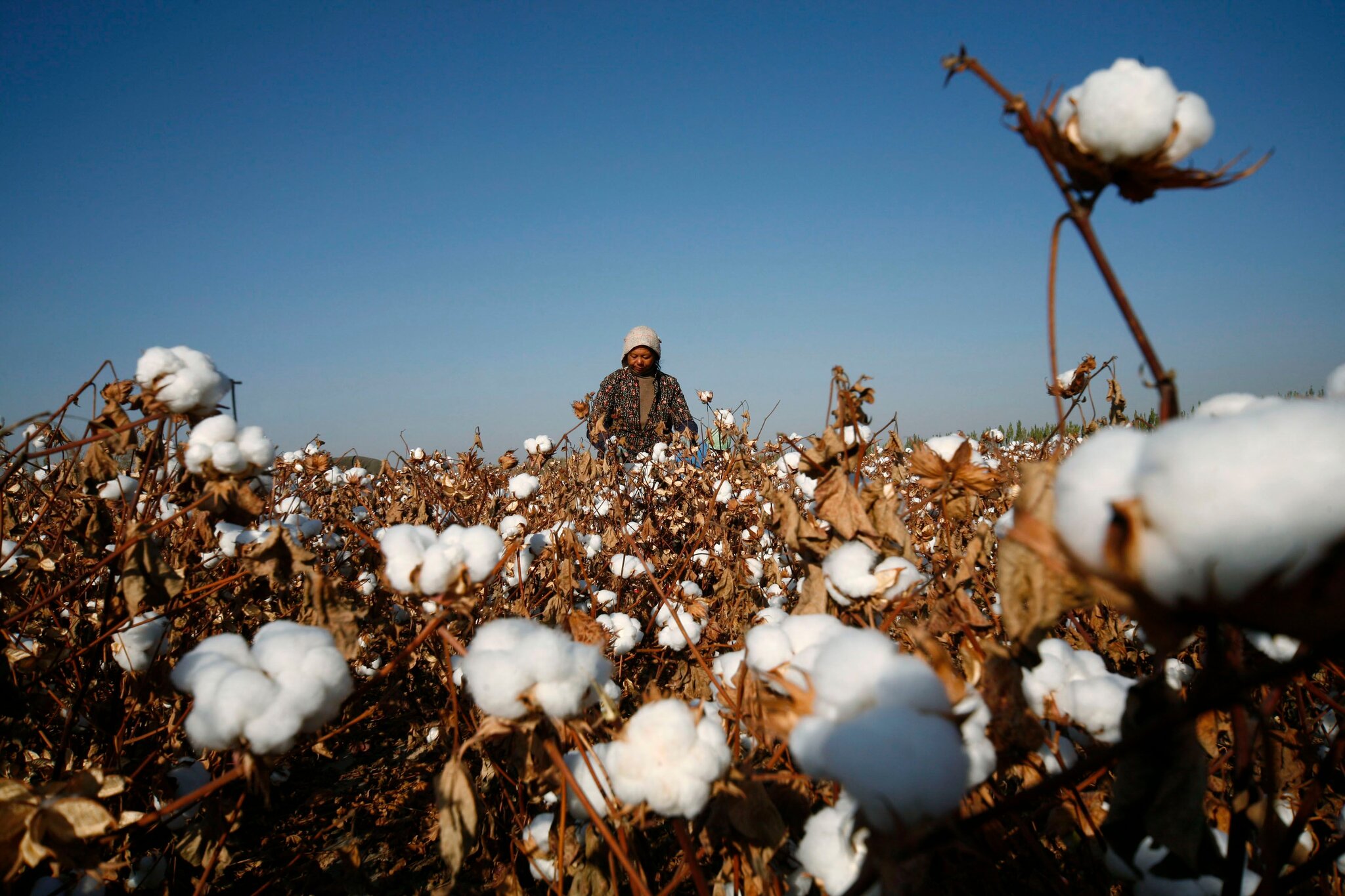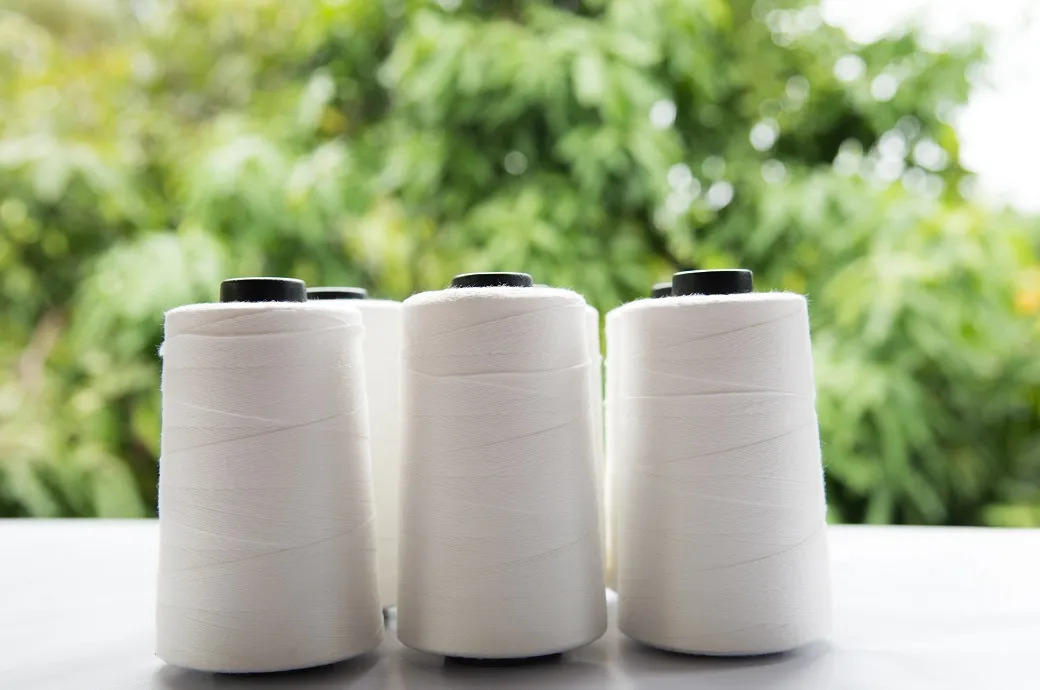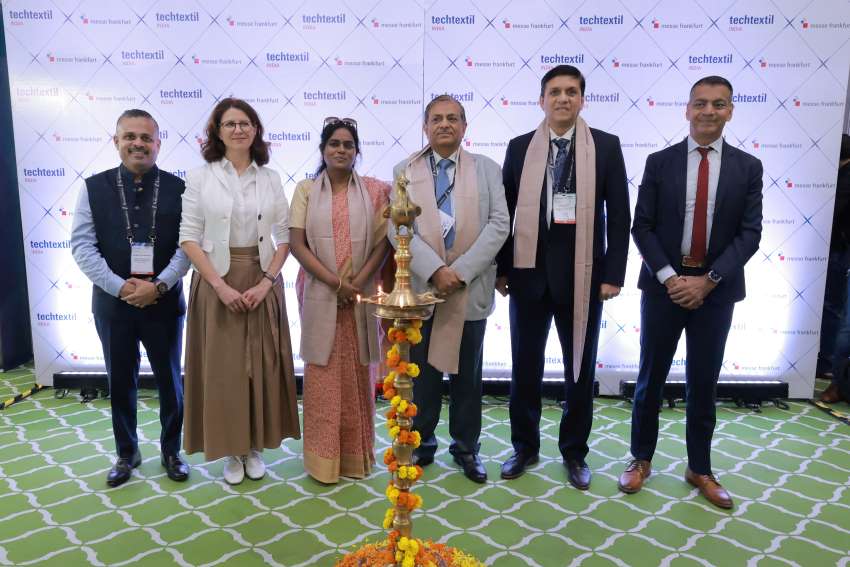FW
The indirect tax regime GST will come into effect from April 2017. As per rules for refund, every registered taxable person will be required to furnish a monthly return in a specified form. There is also a provision for electronic furnishing of annual return by every registered taxable person and composition supplier. Every taxable person whose aggregate turnover during a financial year exceeds a crore will be required to submit annually a certified audited statement.
The draft rules have prescribed the form and manner of submission of quarterly returns by a composition supplier, returns by a non-resident taxable person, input service distributor, persons required to deduct tax at source and the form and manner of submitting statement of supplies effected through e-commerce. The rules also provide for matching of input tax credit claim on inward supplies and procedure for output tax liability reduction claim.
No refund of input tax credit would be allowed if the supplier of goods or services avails of a drawback or claims rebate of tax paid. The rules also provide for grant of provisional 80 per cent refund to notified exporters and refund to certain persons. Refund in case of export of taxable goods or services without payment of tax under bond or letter of undertaking shall be granted on the basis of a prescribed formula.
After three days of doing good business, the Fashion Access and Cashmere World's Spring / Summer 2017 edition came to an end on September 24. In all, exhibitors and buyers were satisfied with the fair itself and optimistic about the future of the economy in China and throughout Asia.
Buyers from top brands attended both fairs. Participants included: MetroCity from Korea, Li & Fung, French Connection, I.T Apparels from Hong Kong, Abahouse from Japan, Marmalato, Names.RU and PJSC Melon Fashion Group from Russia, Zalora from Singapore, Le Cashmere and Hircus from UK and The Sak Brand Group from USA among others. Around 150 exhibitors from 18 countries and regions were represented with 30 exhibitors participating in Cashmere World, the only trade fair in the world dedicated to luxury fine fibres. Among the highlights were exhibitors from Brazil and Korea with Korean pavilion attracting a lot of attention. South America and Brazil in particular were represented at the Fashion Access.
At the symposia, modern consumer trends were discussed through seminars. Selected exhibitors are awarded for their product design excellence at the Best of APLF Awards (BOAA) twice a year. Shanghai Legend International won the Best Bag Collection Award for their high-end-looking and extremely cohesive collection of bags made of felt. Other winners included young Russian designer and entrepreneur Bags Business Limited for its fresh take on classic silhouette ladies handbags; the Italian footwear manufacturer LSR International for its classic yet very young and urban collection of ladies footwear; and Ningbo Consinee Woolen Textile, for its elegant presentation of ladies garments made with the company's yarns.
The US refuses to recognize China as a market economy. China's exports to the United States in the first three quarters increased 18.7 per cent over the same period of 2016, and China’s trade surplus with the United States in the first 10 months expanded 7.3 per cent to reach $225 billion. The robust growth in China’s exports to the United States and the appreciable trade surplus could be a catalyst for the US to maintain a tough stance on China.
Such behavior is reminiscent of the domestic laws of certain WTO members in the Cold War era, and the refusal would put trade ties with China at risk. On the other hand, China has established and continuously improved its market economy system, which has earned worldwide recognition. So far, more than 80 economies have recognized China as a market economy.
So the US opposition to recognizing China as a market economy within the framework of the World Trade Organization is in disregard of the relevant WTO rules. The United States has tried to mix the concepts of the surrogate country approach and market economy status. But the case is about surrogate country approach, not market economy status, which means the former is within multilateral trade rules, while the latter is regarded as a domestic law issue.
Textile exports contributed 1.21 per cent to Indonesia’s gross domestic product in 2015. Indonesia is one of the world’s largest textile producers. There are currently around three million Indonesians working in the textile industry. The country is part of the Asean. So, goods - including textile and textile products – are flowing freely within member countries in the region. This means there is a continuously rising flow of imported textile products into Indonesia.
However, Indonesian textile players say that many textiles that are supposed to be coming from other Asean countries are actually originating from non-Asean countries. These imports of relatively cheap textile products are putting pressure on Indonesia’s domestic textile manufacturing industry, an industry that is already under pressure. Since the launch of the Asean China free trade agreement in 2010, the Indonesian market has seen a great surge in cheap textile imports from China.
Meanwhile, Indonesian textile manufacturers have difficulty competing on a global scale as local gas prices are high, while the industry is highly dependent on imports of raw materials from abroad, which cause high production costs. In 2015 Indonesia imported textiles worth millions of dollars from Thailand, Vietnam and Singapore. Especially Singapore is a source of transshipments of textile products that are manufactured outside the Asean region.
"The Rs 30,000 crores India’s denim fabric segment is expected to grow at 15 per cent per annum in the next five years. In fact, the segment is already keeping this growth pace and will continue at the same speed in the next five years to touch Rs 54,600 crores by 2023, said experts at the 32nd IAF World Fashion Convention. The 32nd IAF convention that ended in Mumbai yesterday held a session on the denim sector ‘New Opportunities in Denim’."

The Rs 30,000 crores India’s denim fabric segment is expected to grow at 15 per cent per annum in the next five years. In fact, the segment is already keeping this growth pace and will continue at the same speed in the next five years to touch Rs 54,600 crores by 2023, said experts at the 32nd IAF World Fashion Convention. The 32nd IAF convention that ended in Mumbai yesterday held a session on the denim sector ‘New Opportunities in Denim’.
Indian denim market in focus

Moderated by Harminder Sahni, MD Wazir Advisors the session focused on the denim industry in India and the segments and layers now divided over price and demographics. Deval Shah, Business Head-Diesel & GAS, Reliance Brands said “Denim revolution started in India in 80s and 90s from simplicity which gradually shifted to lifestyle and more so fashion of late. India continues to be one of the largest producers of denim in the world. India has 0.3 jeans as per capita consumption against 2-3 pairs of jeans in advanced world and 7 pairs in US with 96 per cent of Americans wearing jeans in the US.”
“With growing demand for denim fabric from Bangladesh, to which India exports a huge quantity, the Indian denim industry saw a huge jump in manufacturing capacity which doubled to 1.3 billion meters per annum over the last five years. The number of denim manufacturers too has gone up to around 40 now. However, around 30 per cent of this capacity generally remains idle currently due to excess production capacity. The Rs 30,000 crores denim industry is likely to face a shortage of fresh investment in the next five years” points out Subir Mukherjee, Business Head (Denim), Bhaskar Industries “India is selling cheapest pair of jeans not available anywhere in the world. If we bring down the price of jeans to $10 apiece as is currently prevailing in the US, India’s denim demand would increase resulting in this sector’s growth at 20 per cent per annum.”
In fact, Myntra has most of their sales coming out of value segment jeans between Rs 999 and Rs 1,299 a piece. And as Asthana points out online retailers do not require to incur cost on retail but a massive cost they incur on technology and last mile delivery. At Myntra for example, 60 per cent manpower is involved in the technology while the rest on other aspects of business. Asthana said the online labels created by Myntra will soon be seen in brick and mortar stores as well. “I agree that e-commerce players are in position to play big and increase the per capita consumption by promoting jeans at lower costs,” he explained.
Arguing on similar lines Claudio Grotto, Chairman GAS jeans, who looks at jeans not as the market segmentation but as a subject driven by passion said, he doesn’t look at jeans from a price perspective, while creating it, “for me the objective is that it should be a good fashionable jeans. I had been making and working on jeans for many years, even before launching GAS. Even now, I visit my shops and to know what they like, for me connect with people is very important. Be it USA, Europe or anywhere in the world, jeans only change in size and nothing else,” he opined.
Domestic brand Spykar’s director and COO Sanjay Vakharia believes lower segment of denim is growing rapidly. But, there is a need to bring cheaper segment of denim for consumers in the bottom of the pyramid. However, for Spykar as a brand selling cheap jeans in not an option as they are into retail and retail costs are high in India. “I feel it is not question of international brand or an Indian brand, over the years even international brands have also become as Indian as we are. The incoming of super premium brands like Diesel and GAS will only help our market bar to raise specially in terms prices as when GAS sells a jeans at Rs 8,000 onward, suddenly a jeans of Spykar at Rs 4,000 doesn’t look as expensive”.
Organised jointly by the International Apparel Fashion (IAF) and the Clothing Manufacturers’ Association of India (CMAI), the two-day convention was supported by the Union Ministry of Textiles and Union Ministry of Commerce. It saw the participation of all leading brands in apparel and denim sectors with over 300 delegates from India and across the world.
India’s exports of bedspreads, in value terms, have seen a phenomenal rise in the last decade. Shipments of bedspreads from India in 2015 were 70 per cent of world exports during the same period. However, major exports from India are still coming from the unorganised sector. Bedspreads are a significant foreign exchange earner for the country. It is one of the few export products where China lags behind India. While China specialises only in machine-made items, India does both machine and handmade items.
With regards to availability of raw material, India is self-reliant. However, a lot of technology upgradation in textile mills is needed – for example in the quality of fabrics used, quality of velvet or cotton. In the case of silk, it’s imported from China, hand worked on domestically, and then made export-ready. Hence there is a need to improve the quality of fabrics used. The recently-announced Rs 6,000 crore special package for the textile and apparel sector may be of help.
Manufacturers feel FTAs, such as an agreement with the EU, will boost exports. They believe the Amended Technology Upgradation Fund Scheme is a good scheme but has to be properly implemented. GST is also seen as helping to minimise costs on many fronts.
Workers at garment factories in India producing for Dutch fashion brands are exploited, says Clean Clothes Campaign the India Committee of the Netherlands. While the living wage for workers in India is about Rs 19,000, more than a third of these workers are paid less than Rs 7,500. These factories produce garments for Dutch brands such as C&A, Coolcat, G-Star, McGregor, MEXX, Scotch & Soda, Suitsupply, Mills Brothers, Hallinger and WE Fashion.
There are about 10 such factories, in South India. The garments they make are bought by Dutch consumers, who often don’t know about the sweatshop conditions workers are made to toil in. Brands are not transparent about where their garments are made. Most workers cannot properly support their families with this wage. Food and housing, usually a one-room apartment without water tap, with a shared toilet outdoors, are the biggest expenses. Almost everyone would like to buy healthier and more varied food, but is unable to do that because of low wages.
Almost 80 per cent of garment factory workers are women, who are more docile than men. When pregnant, they are often pressured to resign. Women with children are discouraged from working.
Two US companies, Denim North America (DNA) and Martex, have jointly launched a sustainable denim collection. At its dyeing and weaving facility, DNA has implemented environmentally responsible manufacturing practices to reduce carbon dioxide emissions, recycle waste to reduce landfill requirements, recover 50 per cent of its process chemicals for reuse and recycle 90 per cent of its process water in a continuous loop system. The weft in the denim comprises recycled-content ECO2 cotton yarn produced by Martex.
ECO2 cotton is made using cutting waste collected by Martex from US, Mexican and Central American cotton knit apparel production facilities. Martex sorts that waste by color and source, and refiberises the material, using a mechanical process that does not use process chemicals or water. The resulting fibers are blended with manmade fibers and spun into yarn. The yarns are available in more than 50 stock colors and different colors can be plied to produce additional colors.
The first of these denim fabrics contain ECO2 cotton yarn comprising pre-consumer T-shirt waste and polyester in a 70 to 75 per cent cotton-rich blend. The recycled content in each pair of such jeans is equal to two cotton T-shirts. DNA is looking to increase the recycled content in future fabrics.
The N Brown Textiles Growth Program is investing in UK manufacturing. It gives grants whereby companies can invest in new technology and equipment. Since the start of the program in 2014, 237 companies have been supported by the Textiles Growth Program, creating and safeguarding nearly 3,500 jobs and securing 87 million pounds of private sector investment through 20 million pounds of grant support.
After the Brexit vote, the textile industry is still showing the confidence to invest which is a healthy indicator that the sector is still growing. This is helped, in part, by government funding, and a strategy to invest in this industry.
One of the beneficiaries of the program has been TBA Textiles, a leading yarn manufacturer, supplying over 100 countries across sectors including construction, marine and transportation.
TBA will use the funding to secure its position at the forefront of the development and manufacture of high performance technical textiles. The funding will additionally allows TBA to invest in its local and wider community in the form of new job opportunities and apprenticeships. The company is planning to invest into its own manufacturing plant over the next two years. The investment marks a return to British roots for the business, which in recent years outsourced part of its production to the Netherlands.
Rising cost of doing business in the last several years has not only stalled fresh investment in Pakistan’s textile industry but has also hampered export growth and turnover. This was stated by the newly-elected chairman of Pakistan Textile Exporters Association (PTEA) Ajmal Farooq during the annual general meeting of the Association. The government should devise a comprehensive strategy to counter the issue in order to accelerate the industrial pace and also to save livelihood of millions of workers, he observed. The meeting was presided over by Asghar Ali, Chairman of PTEA and attended by a large number of exporters.
Addressing members, Farooq said in the prevailing economic conditions, rising cost of production was the core issue for textile exporters. Pakistani exporters are under pressure due to prevailing economic financial, industrial crisis in the country as well as persistently high cost of production, heavy burden of taxes and high energy cost which are badly affecting the industrial and trade activities and productivity output.
Expressing concern over continuous downfall in country's exports, he said that Pakistan's share in the world textile and clothing trade of an estimated $718 billion has plunged to 1.7 per cent from 2.2 per cent less than a decade ago, with regional rivals capturing a greater market share. Bangladesh's share has increased from 1.9 per cent to 3.3 per cent and India's went up from 3.4 per cent to 4.7 per cent during the same period. He emphasised unity of textile sector to enforce the government to focus on consolidation and strengthening of economy and uplifting the industrial productivity in the country.
Addressing on the occasion, newly-elected vice chairman of the Association Muhammad Naeem assured that no stone will be left unturned for promotion of exports and industry. Problems of exporters will be taken at all possible levels and efforts will be done to get solved the issues, he remarked.












